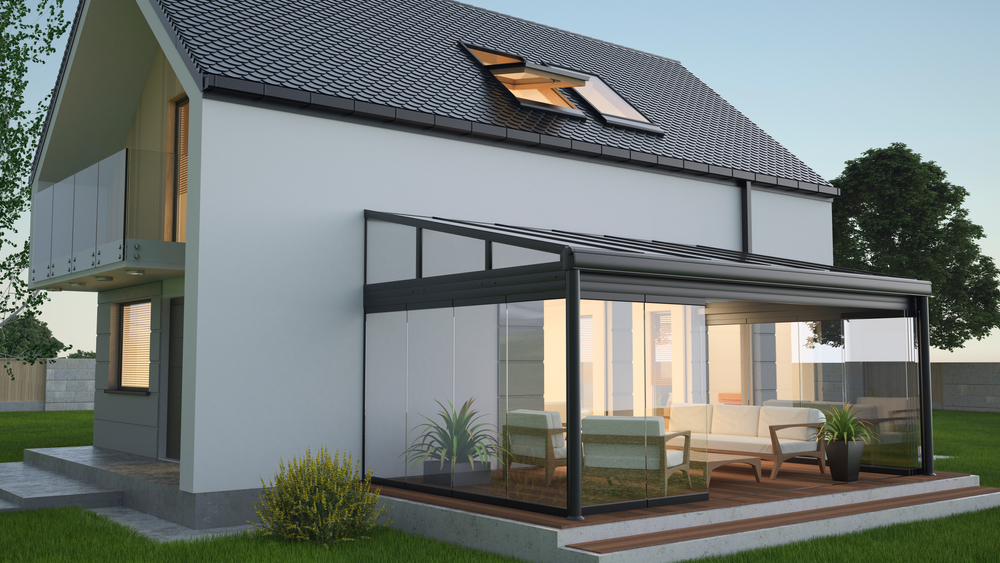Conservatories and Seasonal Affective Disorder
Wintertime is not, we think, the best time of year. It’s dark for most of the day and it’s very cold. In fact, we wouldn’t blame anyone who said they wanted to stay in bed from mid-October right up until late February. And what’s worse is the mood that comes over people.
You know the one. The loss of pleasure in activities that you once found exhilarating. General irritability that never seems to end. Lethargy. Carbohydrate cravings. And the difficulty concentrating means that you can’t really think about anything over than the bad mood you’ve been in for so long.
Seasonal Affective Disorder
This disorder has a lot of names. However, in proper terminology, it’s known as Seasonal Affective Disorder or SAD.
This disorder was first systematically reported in the 1980s, when a psychiatrist from the National Institute of Mental Health named Norman Rosenthal noticed that his own mental health had suffered following an expedition to the arctic. However, while Rosenthal was the first person to report SAD, he was not the first person to research the disorder.
Academic research into SAD actually began in the late 1970s, when research engineer Herb Kern noticed that he felt depressed during the winter months. When Kern brought his idea to the National Institute of Mental Health (NIMH), it correlated with work they had already done on body rhythms, as well as Rosenthal’s research (which by now had been reported).
As a result of this research, as well as work done by subsequent researchers, SAD would eventually be recognised in the Diagnostic and Statistical Manual of Mental Disorders as a legitimate disorder.
But now that you know what seasonal affective disorder is, it’s time to understand how to combat it.
How To Combat SAD
The research done at the NIMH suggested that the best way of combating SAD is light. Both Rosenthal’s and Kern’s initial research showed that SAD was primarily triggered by changes in the level of natural light people receive.
Today, psychiatrists and psychologists treat the disorder by subjecting the subject to natural or bright artificial light. By doing this, the body’s circadian rhythms are pushed back into place. Thus, the body is ‘tricked’ into thinking it’s still the summer/autumn/spring time, thus fixing the problem.
How Does a Conservatory or Orangery Help With SAD?
As previously mentioned, the best way of combating SAD is through light therapy. There are two ways of conducting light therapy. The first is to use a bright artificial light (usually an LED) which you can use to replicate the sun’s effects. But these things are large and bulky, sometimes expensive to run, and you have to have them in front of your face for hours at a time.
A much better option is to maximise the amount of natural light you receive. One of the best ways of doing that is in a conservatory or orangery. These structures allow you to maximise the amount of natural light you receive, whilst also being able to do the things that you need to do throughout the day.
For example, if you can work from home, you could easily set up a laptop in your conservatory whilst enjoying the benefits of natural light. This allows you to absorb the natural daylight without impacting your day to day routine.
At the same time, conservatories and orangeries have numerous other uses and benefits, which makes them a great addition to any home, regardless of whether you have SAD or not.
Conservatories in Telford, Stafford, and Lichfield
Conservatories and Windows Direct is a double-glazing company in Stafford, England.
For over ten years we have provided our clients with high-quality double glazing, conservatories, orangeries, A rated windows and other high-quality glass products. We offer a wide range of styles, and we aim for our products to be as energy efficient as possible.
For more information about our conservatories, orangeries, and A rated windows in Telford, Stafford, and Lichfield, please contact us today.

